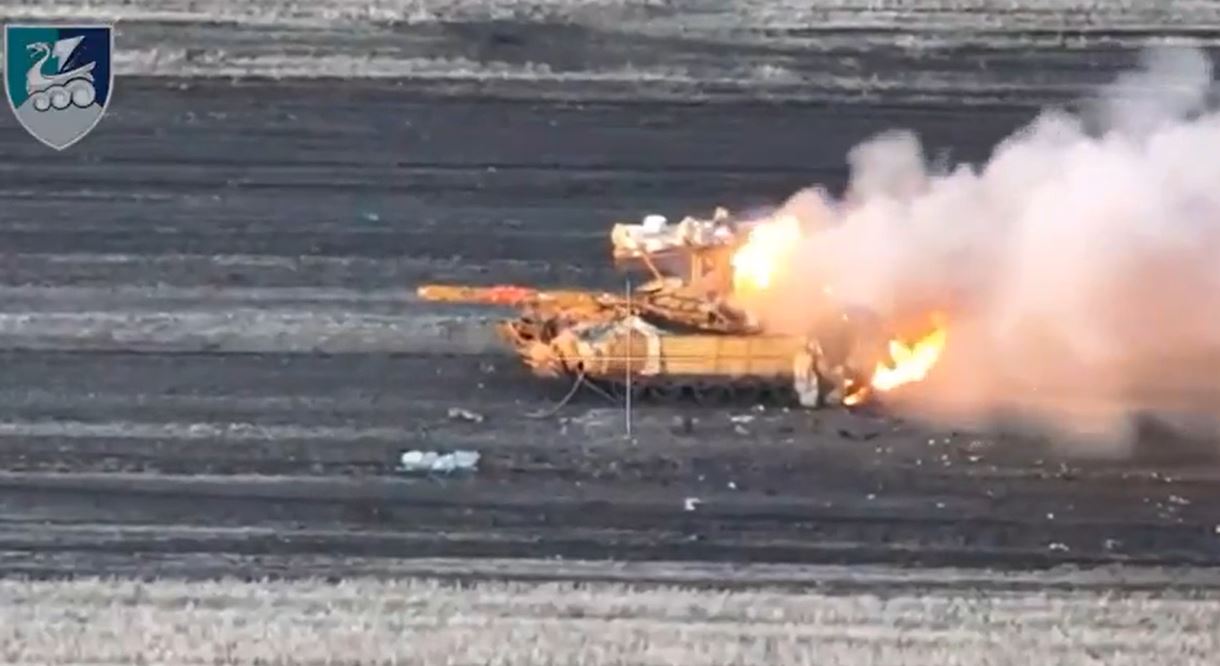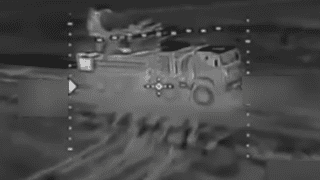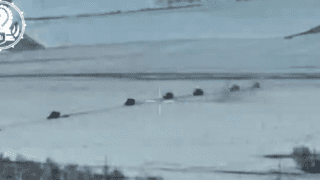
Ukrainian marines destroy seven Russian vehicles with Javelins in Kursk
A single Ukrainian Marine Corps Javelin missile team destroyed seven Russian vehicles over a two-day period in Russia’s Kursk Oblast, demonstrating the continued effectiveness of US-supplied anti-tank systems, Forbes says.
The 60,000-strong Russian-North Korean force in Kursk has been increasingly relying on infantry attacks due to growing shortages of modern armored vehicles. When mechanized assaults are attempted, Ukrainian missile teams positioned beyond the initial defensive lines of mines and explosive drones effectively engage the attacking vehicles. The Ukrainian air assault brigades, marine, and special operations units all employ Javelin teams in their operations.
According to Forbes, the team from the Ukrainian 36th Marine Brigade eliminated three Russian tanks and four BMD-4 fighting vehicles during the operation. The $200,000 FGM-148 Javelin anti-tank guided missiles (ATGM), which carry an 8.4-kg warhead and can engage targets from over 4 kilometers away, were part of more than 10,000 units supplied to Ukraine by former US President Joe Biden’s administration.
Over two days, a Javelin team of the 36th Marine Brigade destroyed three enemy tanks and four BMD-4 vehicles in the Kursk region. pic.twitter.com/y0wrX7dWv5
— Defense of Ukraine (@DefenceU) January 22, 2025
Russian forces in the region are experiencing significant tactical limitations due to the ATGM threat. A Russian blogger cited by Forbes acknowledges that their tanks can now only operate from concealed positions, severely limiting their offensive capabilities.
Ukrainian special operations forces have also been successfully employing Javelins in night operations.
Despite Russian forces maintaining substantial anti-tank missile capabilities in Kursk, their effectiveness has been limited as Ukrainian forces have maintained largely defensive positions since August, reducing their vehicles’ exposure to enemy fire, Forbes notes.
The future availability of Javelins remains uncertain, as new supplies would depend on decisions by current US President Donald Trump’s administration, Forbes says.
Related:


















